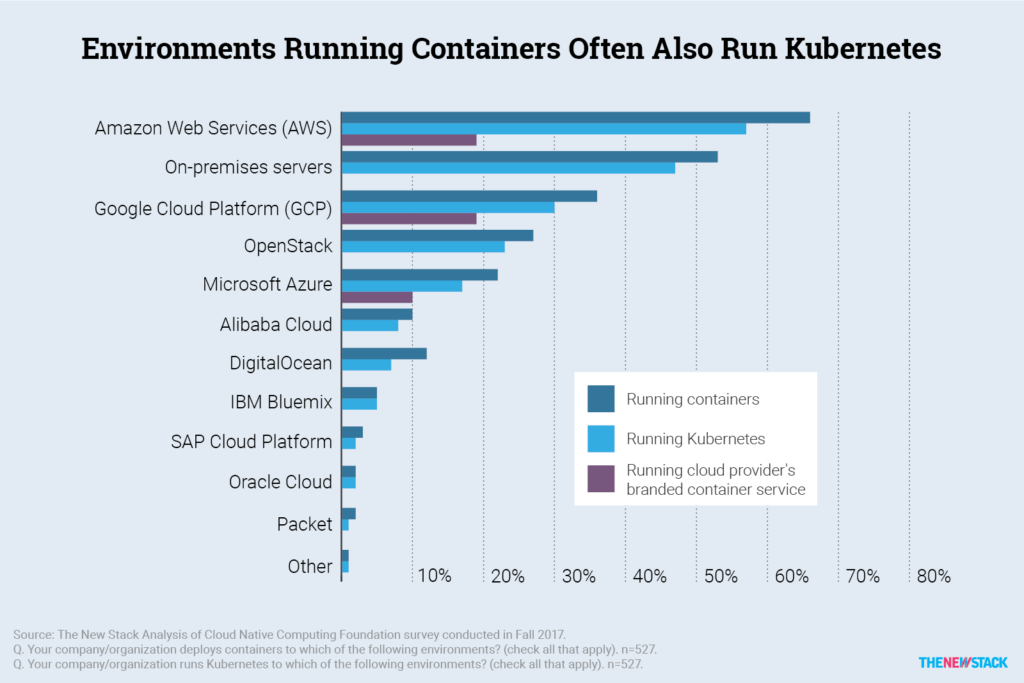The introduction of cloud computing by Amazon leveled the field for small companies, giving them access to capacity and capability previously available only to large enterprises with deep pockets.
The introduction of Kubernetes (K8s) levels the field for the enterprise, giving them the tooling and capabilities used by startups to massively grow their business.
Book a demo today to see GlobalDots is action.
Optimize cloud costs, control spend, and automate for deeper insights and efficiency.

Kubernetes is already used extensively by the majority of new companies born in the cloud. The adoption of K8s by the enterprise has been much slower for a variety of reasons. In the first instance, K8s is complex and involves a steep learning curve. To truly benefit from K8s, additional technology must be mastered including cache management and load balancing, and it also requires the use of a new set of monitoring and health-checking tools.
Also, using K8s introduces major changes to the delivery pipeline and, as a result, changes the established procedures and regulation controls. For example, SOX IT controls must be revised. And any cost savings are not assured—it is very easy to over-allocate resources.
Having said all of this however, the enterprise should be doing all that they can to start adopting K8s. Let’s take a closer look.
K8s Is Here for the Long Run
Kubernetes is certainly no fad; it looks as though it’s here to stay. Indeed, one recent survey of 247 IT professionals working at organizations with 1,000 or more employees found that well over half (59%) are running Kubernetes in a production environment, with one-third (33%) operating 26 more clusters or more and one-fifth (20%) running more than 50 clusters.
While this information doesn’t take into account the continued use of public cloud services, it certainly indicates that Kubernetes is gaining traction within local data center environments.

Talent Retention
Within the IT community in general, salary doesn’t appear to be the lead driver when considering a new job. Indeed, more often than not, the opportunity for professional growth and learning is the juiciest carrot to dangle.
The introduction of technology such as K8s not only increases productivity among IT staff but also provides the space to work on interesting projects that lead to greater job satisfaction and retention. As the enterprise continues to invest in k8s, the competition will only grow for employees skilled in K8s—as such, growing your own talent is an increasingly attractive approach.
The Case for KOTS
K8s is a perfect way for enterprise software vendors to deliver on-premises installation packages of COTS (commercial-off-the-shelf). There is even an acronym for it: KOTS (Kubernetes-off-the-shelf).
Enterprises buying KOTS must know how to work with, manage, secure, and monitor the new technology stack. The future of enterprise software is going to be Kubernetes applications delivered to enterprises so that they can run privately and securely in their own environments. KOTS enables vendors to easily package an upstream and fully supported distribution of Kubernetes with their application for enterprises that have yet to fully embrace Kubernetes.
Once deployed, KOTS gives administrators the ability to get an application configured and deployed using step-through configuration, automated preflight checks and one-click updates.
What’s the Good Stuff, Then?
K8s has the potential to do for the enterprise what it does for internet startups: reduce time to market, improve service level agreements (SLA) and improve the bottom line. Today, every enterprise is a software business.
Enterprise CIOs are tasked with delivering applications with high quality and customer experience that rival those of all the usual giants. The need for speed and agility of innovation is driving the way companies are building, running and securing their modern applications; this, in turn, is transforming the software architecture into microservices.
These microservices depend on containerized applications and orchestration to hasten deployment of improvements and new capabilities essential to maintaining highly available, secure customer experiences.
Kubernetes can do this by introducing automation in a number of key areas such as the deployment of application services, the configuration of application networks and distribution of services across infrastructure, to name but a few.
Kubernetes is here to stay, accelerating the digital transformation for countless enterprises. Don’t leave it too late.
If you have any questions about Kubernetes for your business, contact us today to help you out with your performance and security needs
*This article originally appeared on ContainerJournal.com on May 19, 2020.






